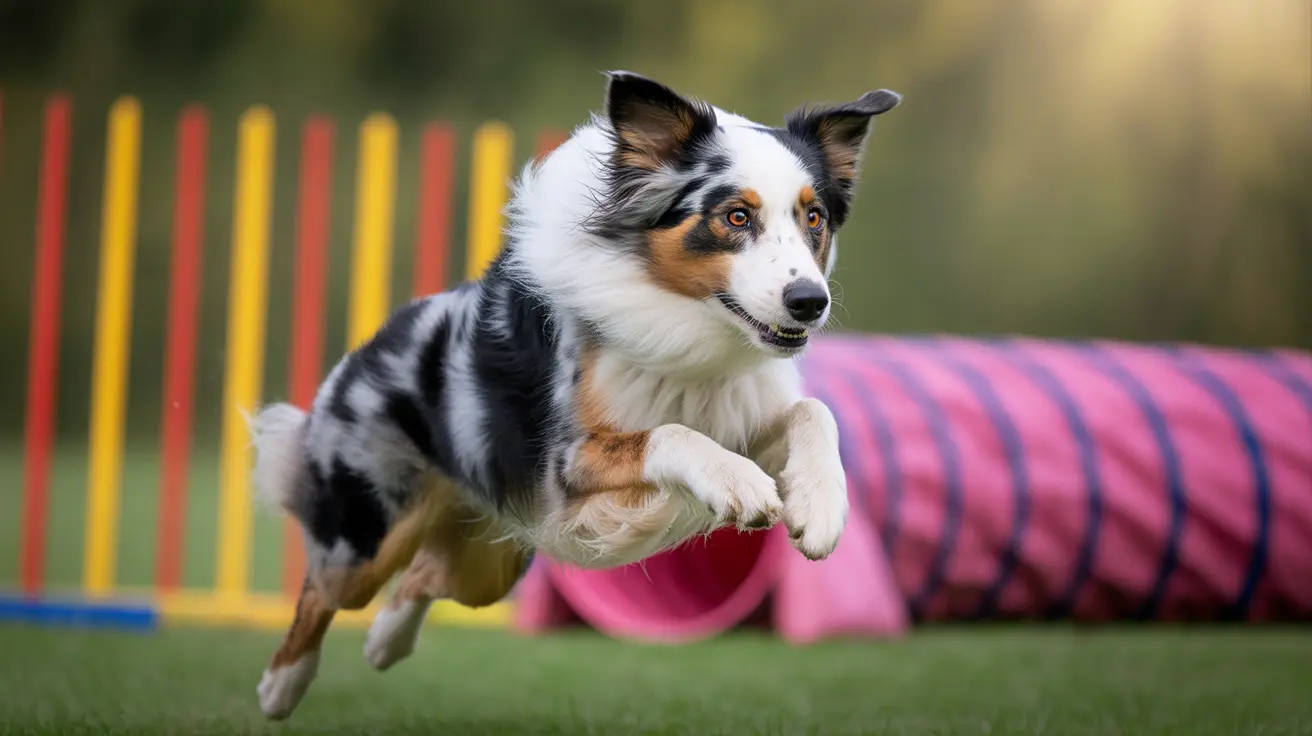How Long Should You Walk a Lakeland Terrier?
The Lakeland Terrier is an energetic and intelligent small terrier originally bred in the Lake District of northern England for hunting foxes in rugged terrain. Despite their compact size, they boast impressive stamina and tenacity—traits that significantly influence how much daily exercise they require.
Daily Exercise Needs
A Lakeland Terrier should receive a minimum of 30 to 60 minutes of physical activity each day. This is not just a recommendation but a necessity to keep them healthy, mentally stimulated, and behaviorally balanced.
- Minimum: 30–60 minutes per day of walking, running, or active play.
- Preferred: Multiple activity sessions split throughout the day to match their working-dog heritage.
- Flexibility: These dogs will happily accept more activity time if available, making them suitable for active households.
Types of Exercises
Because of their historically active roles in the countryside, Lakelands need activities beyond simple walks to satisfy their physical and mental needs. Suitable exercises include:
- Brisk walks around the neighborhood or park.
- Hiking on trails—ideal terrain for their adventurous nature.
- Jogging with their owner—Lakelands can keep pace for a fair stretch.
- Fetch and interactive play in a safely enclosed yard or dog park.
- Mentally engaging activities like puzzle toys or game-based training sessions for stimulation.
Understanding the Breed's Energy Levels
Originally a working breed, the Lakeland Terrier was used to track and hunt foxes across rocky landscapes and underground tunnels. These demanding roles fostered strong endurance and high prey drive, making regular exercise essential.
Skipping daily activity can lead to:
- Boredom-induced destructive behaviors like excessive digging or chewing.
- Frequent barking due to restlessness or alertness to surroundings.
- Poor mental health and anxiety, especially in confined environments.
Indoor and Urban Living Exercise Tips
- Urban owners should ensure daily outdoor walks or time at dog-friendly parks to address physical needs.
- Apartment living is possible, but structured daily outings are a must.
- Use puzzle games and scent work when outdoor activity is limited.
Training and Social Play
In addition to solo exercises, Lakeland Terriers benefit from structured social engagement:
- Training sessions that include obedience, crate, and leash manners.
- Agility courses or earthdog trials to satisfy instinctual behavior.
- Playdates with known canine friends—though early socialization is essential to manage their feisty nature.
The Role of Routine and Stimulation
A consistent exercise routine can help manage a Lakeland's independent streak and reduce instances of misbehavior. Adding mental stimulation to physical activity is vital for this smart, sometimes mischievous breed.
Exercise During Puppyhood and Senior Years
- Puppies require shorter but more frequent play sessions to avoid overexertion.
- Senior dogs may benefit from gentler, shorter walks alongside low-impact play.
- Always monitor joint health and adjust based on veterinary advice.
Conclusion
So, how long should you walk a Lakeland Terrier? Aim for a minimum of 30–60 minutes of diverse, engaging activity each day. Whether you’re hiking a hill, playing in the yard, or training indoors, your Lakeland Terrier will thrive when both body and mind are kept active. Energetic, affectionate, and big-hearted, this terrier is the ideal companion for those who share their zest for life.





